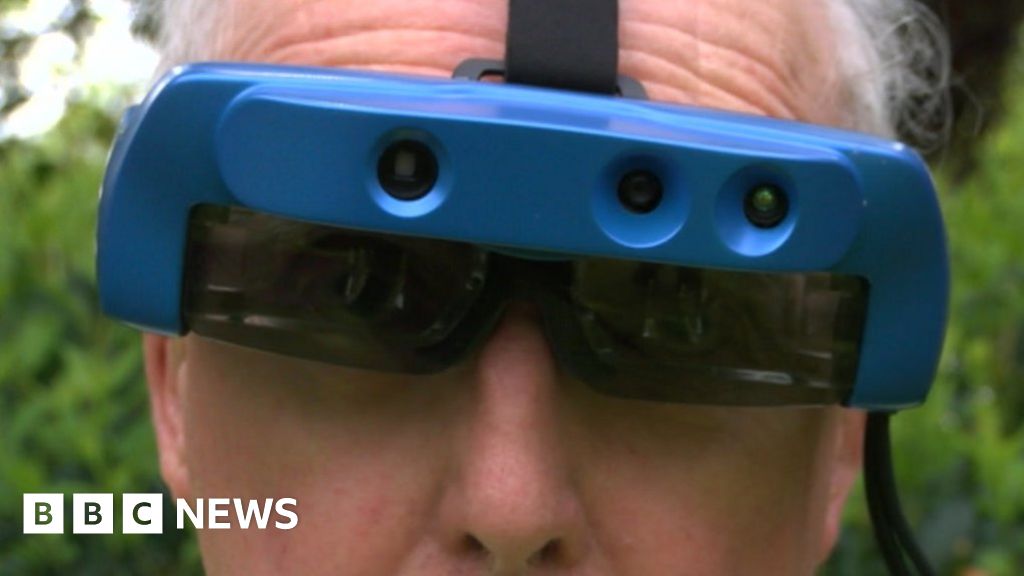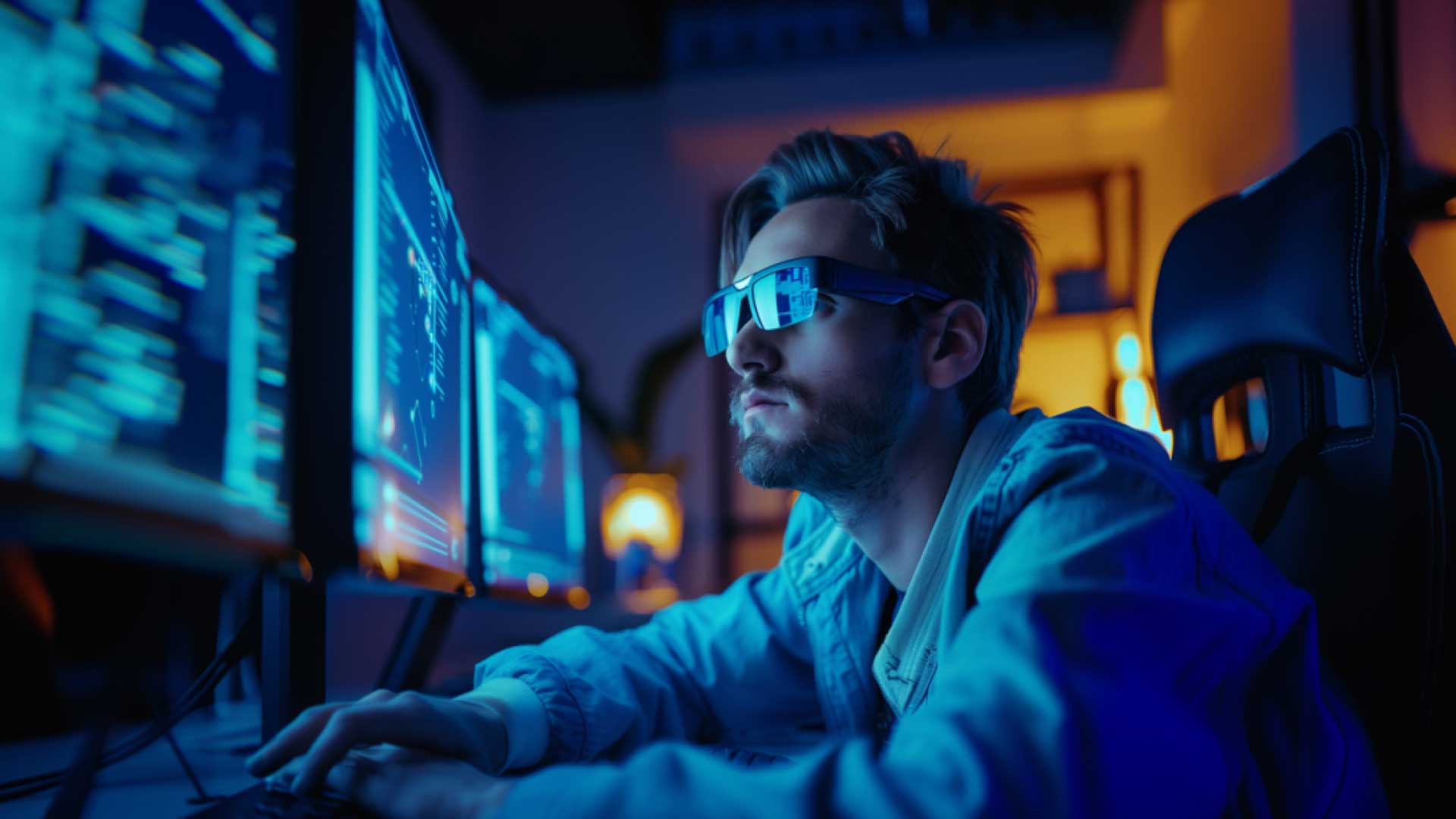AI-Powered Visual Aids: The Next Step in Assistive Technology for the Blind
AI-Powered Visual Aids: The Next Step in Assistive Technology for the Blind
Blog Article
Discover Advanced Assistive Devices for Individuals With Visual Disabilities
The landscape of assistive technology for individuals with aesthetic disabilities is developing swiftly, presenting a range of innovative tools that improve autonomy and interaction. From smart glasses that flawlessly merge aesthetic input with acoustic assistance to sophisticated navigating applications that redefine spatial awareness, these tools are improving possibilities.
Smart Glasses Innovations
Smart glasses represent a considerable innovation in assistive technology for people with visual impairments. Furnished with sensors and video cameras, wise glasses can record real-time visual details, which is then refined and conveyed to the customer with sound responses or haptic sensations.
In addition, developments in expert system have even more enhanced the abilities of smart glasses. Artificial intelligence algorithms can identify faces, read message, and determine items, making them very useful devices for everyday tasks. Users can get auditory hints that provide context regarding their environment, promoting self-reliance and self-confidence.
In addition, the ergonomic style and lightweight nature of several smart glasses make them ideal for long term use, ensuring convenience while enhancing functionality. As these devices remain to advance, they hold the possible to transform the method people with visual impairments experience their lives, bridging the gap in between access and modern technology. The ongoing study and development in this area assurance to broaden the possibilities for wise glasses, making them an important part of modern assistive tools.
Navigation Apps and Tools
Numerous navigation applications and devices have actually emerged as vital sources for individuals with visual problems, significantly improving their ability to pass through unfamiliar settings. These innovations take advantage of general practitioner performance, audio cues, and real-time data to provide individuals with exact navigating aid.
One noticeable example is the Aira app, which links users to trained agents that can offer aesthetic summaries of surroundings and navigation advice via a live video feed. This solution enhances the user's spatial understanding and self-confidence while browsing. One more notable tool is Seeing Eye GPS, which offers voice-guided navigation and factors of interest, enabling individuals to accessibility essential details about their environments.

As innovation continues to advancement, the growth of a lot more advanced navigation tools assures to more equip individuals with visual disabilities, assisting in seamless flexibility and combination right into diverse settings. Such technologies are critical in promoting a much more comprehensive society.
Braille Technology Innovations
Recently, developments in Braille modern technology have actually substantially changed exactly how individuals with visual problems gain access to details and engage with the globe around them. The development of mobile Braille screens has reinvented reading by permitting users to attach wirelessly to smartphones, tablet computers, and computer systems. These gadgets convert text into Braille in real-time, enabling seamless interaction with electronic material.
Moreover, cutting-edge Braille printers have emerged, improving the manufacturing of tactile products. Modern embossers are much faster and much more eye test words efficient, permitting the quick development of Braille records and academic products. This effectiveness reduces the time and cost connected with creating Braille sources, making them a lot more available to colleges and organizations.
In addition, the combination of Braille browse around this site with other modern technologies, such as synthetic knowledge and artificial intelligence, has opened new opportunities for individualized knowing experiences. Voice recognition and synthesis innovations can enhance Braille, giving a comprehensive method to details circulation.
As the demand for inclusive education and learning and workplace environments grows, these technological innovations play a critical role in encouraging individuals with aesthetic problems, guaranteeing they have equivalent access to info and opportunities in different aspects of life.
Wearable Devices for Freedom
A growing array of wearable tools is enhancing self-reliance for individuals with visual impairments, providing ingenious services that enhance navigation and day-to-day living. Braille displays and notetakers. These gadgets utilize innovative innovations to offer real-time feedback and assistance, promoting freedom in numerous settings

Wearable technology also consists of smartwatches that can be set with ease of access attributes, enabling customers to obtain alerts, track their locations, and even call for aid with the touch of a button. Some devices integrate synthetic knowledge to evaluate the atmosphere, offering audio summaries of nearby objects or useful link people.
Voice-Activated Assistive Solutions
Leveraging voice-activated assistive solutions has changed the landscape of assistance for individuals with visual disabilities, offering hands-free interaction and access to a selection of jobs. These innovations use natural language processing and expert system to enable users to perform everyday tasks through basic voice commands.

Furthermore, recent developments in voice acknowledgment accuracy have boosted the customer experience substantially, accommodating varied accents and speech patterns. This inclusivity ensures that even more individuals can take advantage of these innovations, cultivating a better sense of autonomy.
Final Thought
Finally, the growth of advanced assistive tools significantly enhances the freedom and high quality of life for individuals with aesthetic problems. Innovations such as clever glasses, navigating apps, Braille technology, wearable gadgets, and voice-activated remedies collectively cultivate a more comprehensive setting. These technologies equip users to navigate their environments with confidence and involve even more fully with the globe, eventually promoting higher accessibility and level playing fields for people encountering aesthetic obstacles.
The landscape of assistive innovation for people with aesthetic problems is advancing swiftly, providing an array of innovative gadgets that boost autonomy and interaction.Smart glasses represent a substantial development in assistive modern technology for individuals with visual disabilities. As these devices continue to progress, they hold the potential to reinvent the means people with aesthetic impairments experience their everyday lives, bridging the void between accessibility and modern technology.In recent years, developments in Braille modern technology have actually substantially transformed just how people with visual impairments accessibility details and engage with the world around them. These modern technologies empower customers to browse their environments with self-confidence and engage more totally with the world, ultimately promoting better accessibility and equal possibilities for individuals encountering aesthetic obstacles.
Report this page